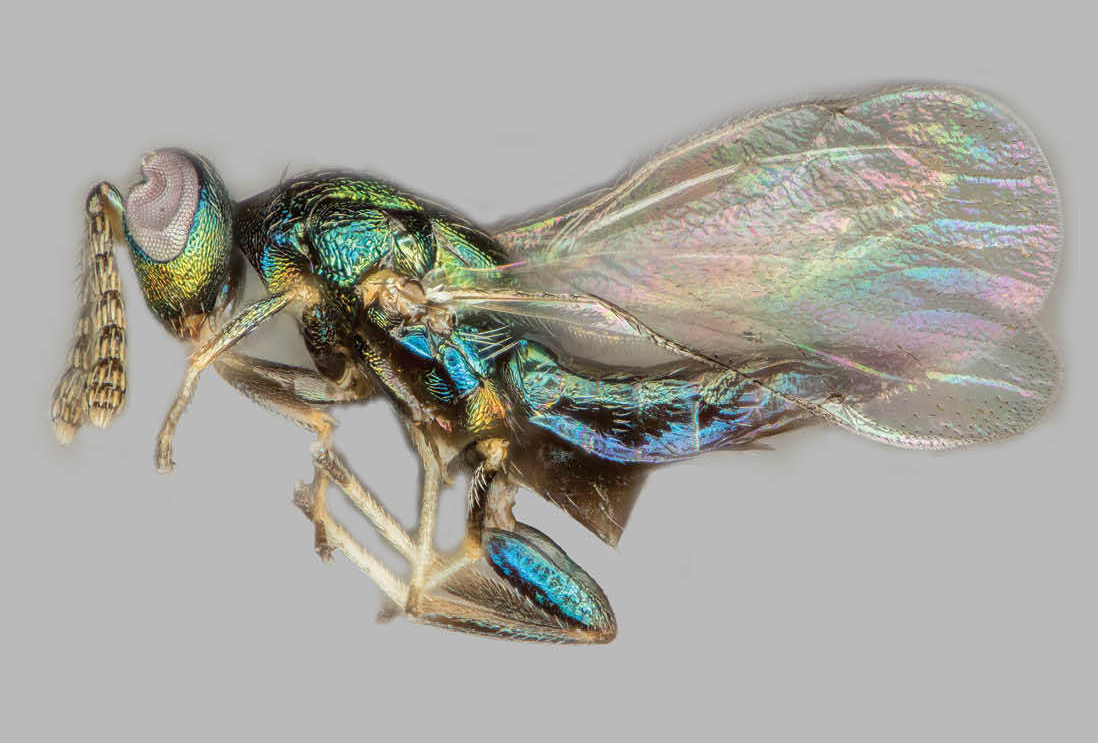Beware the crypt keeper - A wasp with a gory life-cycle that targets many victims
Embargoed until:
Publicly released:
2019-09-25 09:01
A parasite called the crypt-keeper wasp isn't too picky about who it targets when looking for a good host, according to international research, which found that the wasp will happily lay its eggs into at least seven different species. The crypt-keeper is already known to target a wasp that lays its eggs into oak trees known as a 'crypt-gall wasp', manipulating the gall wasp to plug the 'doorway' of the gall with its own head so that the crypt-keeper can eat its way out, right through the body of its hapless victim. According to the team, the crypt-keeper wasp has six previously unknown targets for this same gruesome treatment, which flies in the face of current expectations that it would have a single specific host, and may be due to a preference for hosts based on their lifestyle and behaviour.
Journal/conference: Biology Letters
Link to research (DOI): 10.1098/rsbl.2019.0428
Organisation/s: University of Iowa, USA
Funder: This study was funded by University of Iowa’s Center for Global and Regional Environmental Research (CGRER).
Media Release
From: The Royal Society
Brain-washing extraordinaire: A keeper of many crypts: the parasitoid Euderus set manipulates the behavior of a taxonomically diverse array of oak gall wasp species
Previous work shows the “Crypt-Keeper” wasp, Euderus set, changes the behavior of a gall-forming host: it causes the host to chew an exit hole in the gall, and then “plug” the hole with its head. The Crypt-Keeper then emerges from the gall by chewing through its host’s head. We now show that E. set attacks and manipulates the behavior of at least six additional host species. These hosts are taxonomically diverse but form similar gall structures, suggesting that – at least for this behavior-manipulating parasite – host range is determined more by its hosts’ extended phenotypes than by their evolutionary relationships
Attachments:
Note: Not all attachments are visible to the general public
-
The Royal Society
Web page


